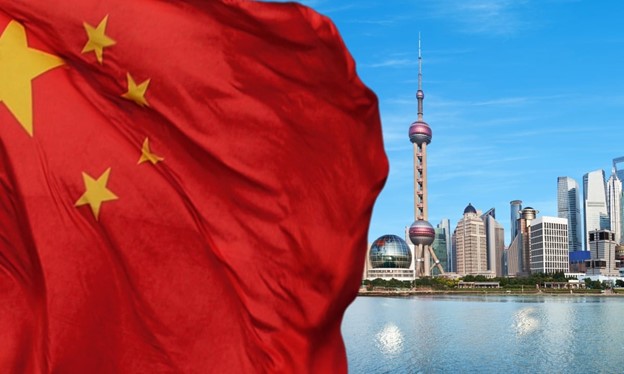CHINA AND THE GLOBAL ECONOMY: 75 YEARS OF OPENNESS AND GROWTH

China’s openness to the world and its integration into the global economy have been key drivers of the country’s growth and transformation over the past 75 years. Since the start of reforms in 1978 and China’s accession to the WTO in 2001, the country has undergone several phases of economic liberalization and global integration. These measures have contributed to a significant increase in foreign trade, a rise in foreign investment, and the strengthening of China’s position as one of the world’s leading economies.
Economic Reforms and Early Steps Towards Openness
Before 1978, China’s economy operated under a state-controlled planned system and was closed to the outside world. However, the economic reforms led by Deng Xiaoping marked a turning point in the country’s history. The introduction of the “open door” policy and the reduction of barriers to foreign investment led to an increase in trade and the creation of special economic zones (SEZs), such as Shenzhen, which attracted foreign capital and technology.
By the early 1990s, China’s trade volume had grown several times, and by the end of the decade, the country began actively negotiating its entry into the WTO. These negotiations lasted nearly 15 years, underscoring the complexity of adapting China’s economy to international standards, such as reducing tariffs and reforming the state sector.
WTO Accession: A New Phase of Globalization
A key event occurred on December 11, 2001, when China officially joined the World Trade Organization (WTO). This marked China’s inclusion in the global trading system and the beginning of a new phase of economic openness. As part of its commitments to the WTO, China agreed to eliminate export subsidies, reduce tariff barriers, and open its domestic market to foreign goods and services. These measures contributed to the further growth of foreign trade and positioned China as the world’s largest exporter.
From 2001 to 2023, China’s foreign trade volume grew from $510 billion to over $6 trillion, making it one of the largest trading partners for many economies. At the same time, the country significantly reduced tariff rates, stimulating international trade and allowing Chinese companies to expand their presence in global markets.
Foreign Investment and Domestic Market Transformation
China’s openness was also reflected in the significant growth of foreign investment. By 2023, China was one of the global leaders in attracting foreign direct investment (FDI). Between 2001 and 2023, China attracted trillions of dollars in investments, which contributed to the modernization of infrastructure and the growth of new technologies, especially in areas like green energy and high-tech industries. China also became one of the largest investors abroad, actively participating in projects under the Belt and Road Initiative, securing strategic positions on the international stage.
China in the Context of International Organizations
China actively participates in various international organizations, such as the WTO, the Asian Infrastructure Investment Bank (AIIB), and BRICS. These platforms allow the country to protect its economic interests and maintain close trade and investment ties with other countries. Additionally, China continues to actively develop regional trade agreements, strengthening its position in Asia and beyond.
Impact on the Global Economy
Since 2001, China’s economic growth has had a significant impact on the global economy. China’s WTO accession led to increased global trade and lower prices for many goods on the world market, benefiting consumers in many countries. However, it also caused some controversies, such as the so-called “China shock”.
China has achieved remarkable results in terms of economic growth and openness over the past 75 years. Since the 1978 reforms and its accession to the WTO in 2001, the country has become one of the world’s largest economies and actively engaged in global trade and investment flows. China’s openness to the world remains a key factor in its economic success and is expected to further strengthen the country’s connections with global markets and enhance its role in the global economy in the future.
